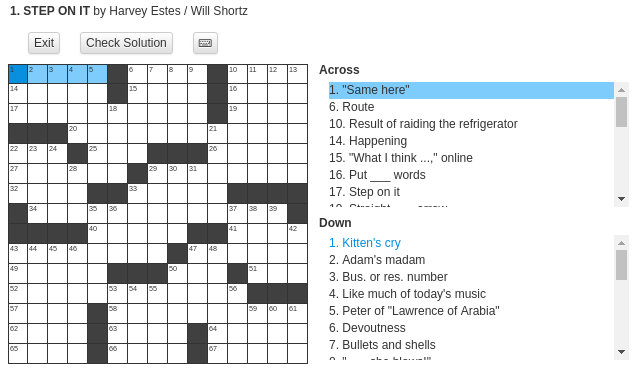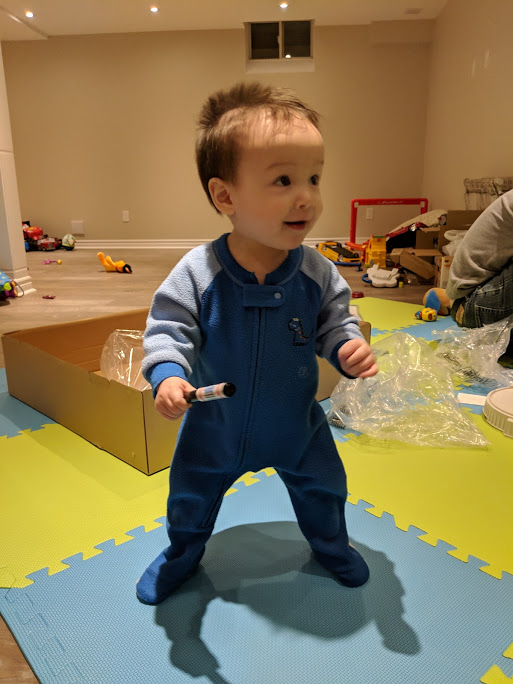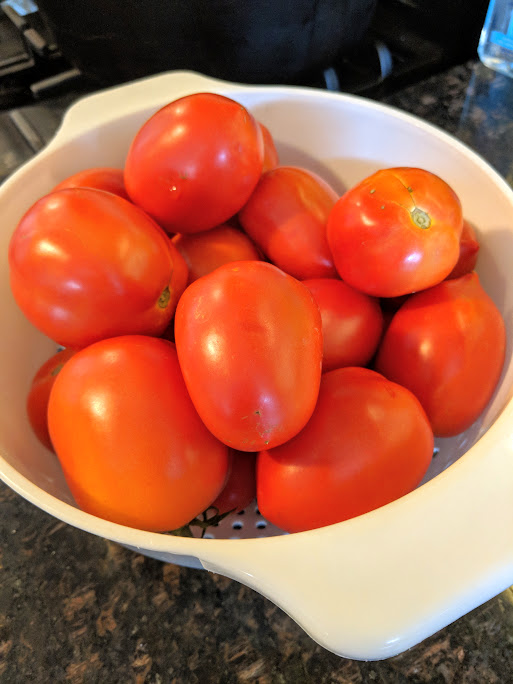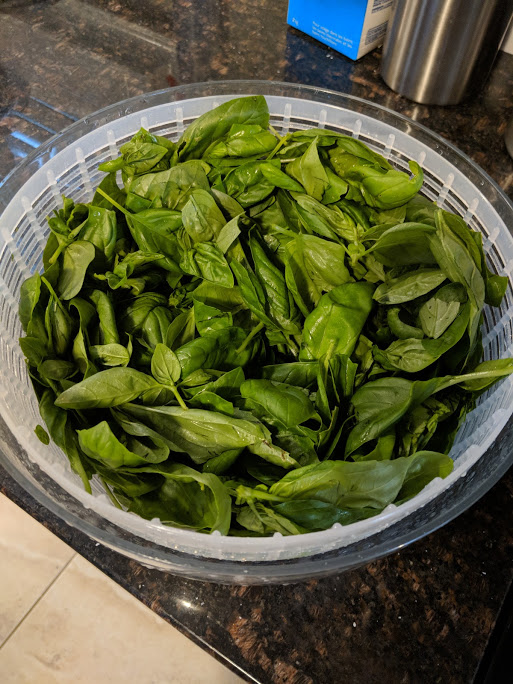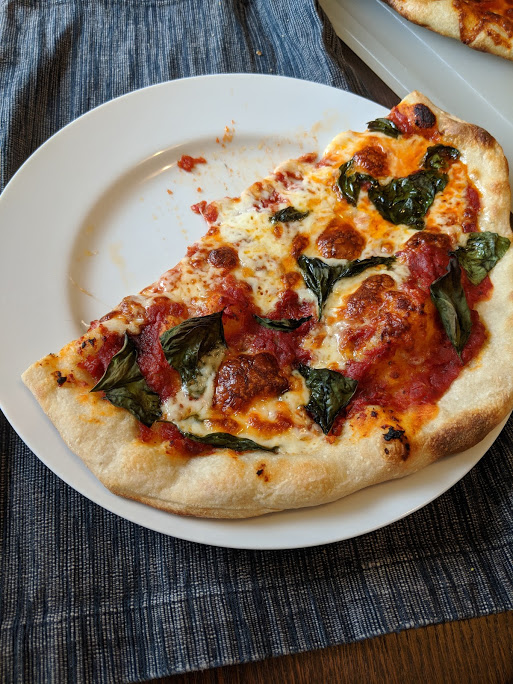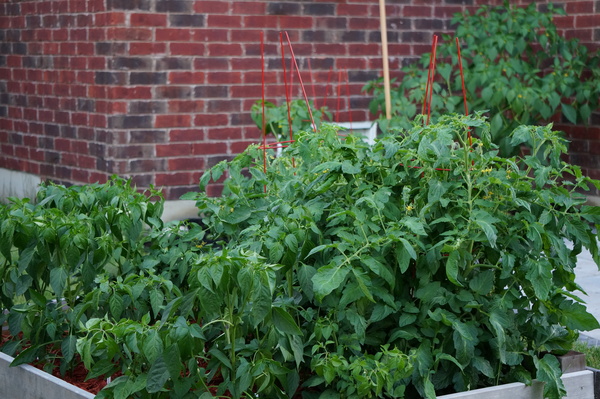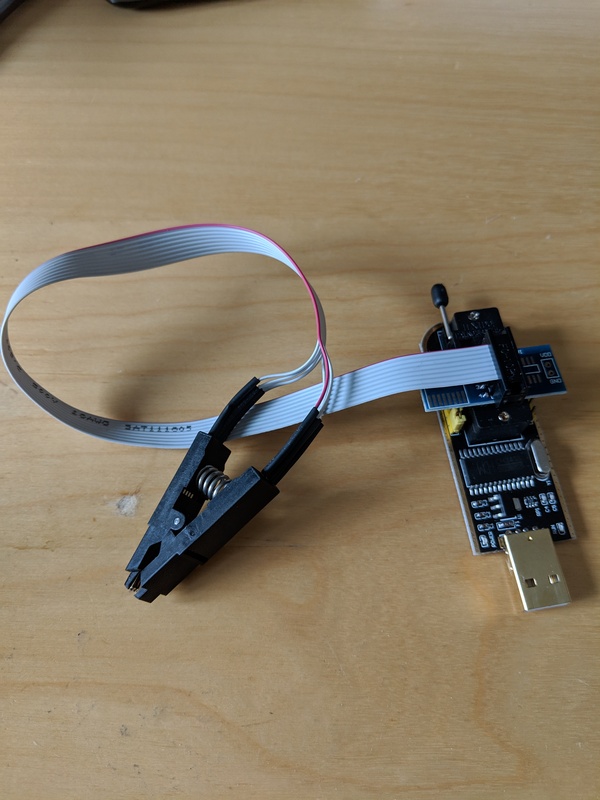 I recently picked up one of these $10 CH341A USB flash programmers and a test clip. I didn’t really have any initial plans for that it but thought it might come in useful someday while messing with router bootloaders. This unexpectedly turned out to be a lot of fun so far and not a bad tool for the price.
I recently picked up one of these $10 CH341A USB flash programmers and a test clip. I didn’t really have any initial plans for that it but thought it might come in useful someday while messing with router bootloaders. This unexpectedly turned out to be a lot of fun so far and not a bad tool for the price.
Rummaging through my parts bin, I found a Winbond 4K SPI flash of unknown provenance, hooked it up, and read out the contents with flashrom. Turns out this was an AMI BIOS that I pulled from some motherboard way back when. Disassembling the BIOS might make a good rainy day exercise.
I tried using chavrprog to program an ATTiny13, which did not work at all. The chip did not appear to respond to any of the SPI commands. Oh well.
On a bricked router I had sitting around, I read the flash directly from the board using the test clip. I happen to remember the confluence of events that lead to me bricking this (writing bootloader to wrong partition), and could finally verify the damage on the flash dump. When I get a free moment, I’ll try bringing it back to life by reflashing a repaired image.
On a different model, unbricked router, reading out the flash on the board didn’t work. Applying power to the flash chip powered up other components on the board, so I’m guessing I’d have to desolder this flash chip in order to read/write it. Maybe worth retrying after spending a few weeks practicing SMT rework.


